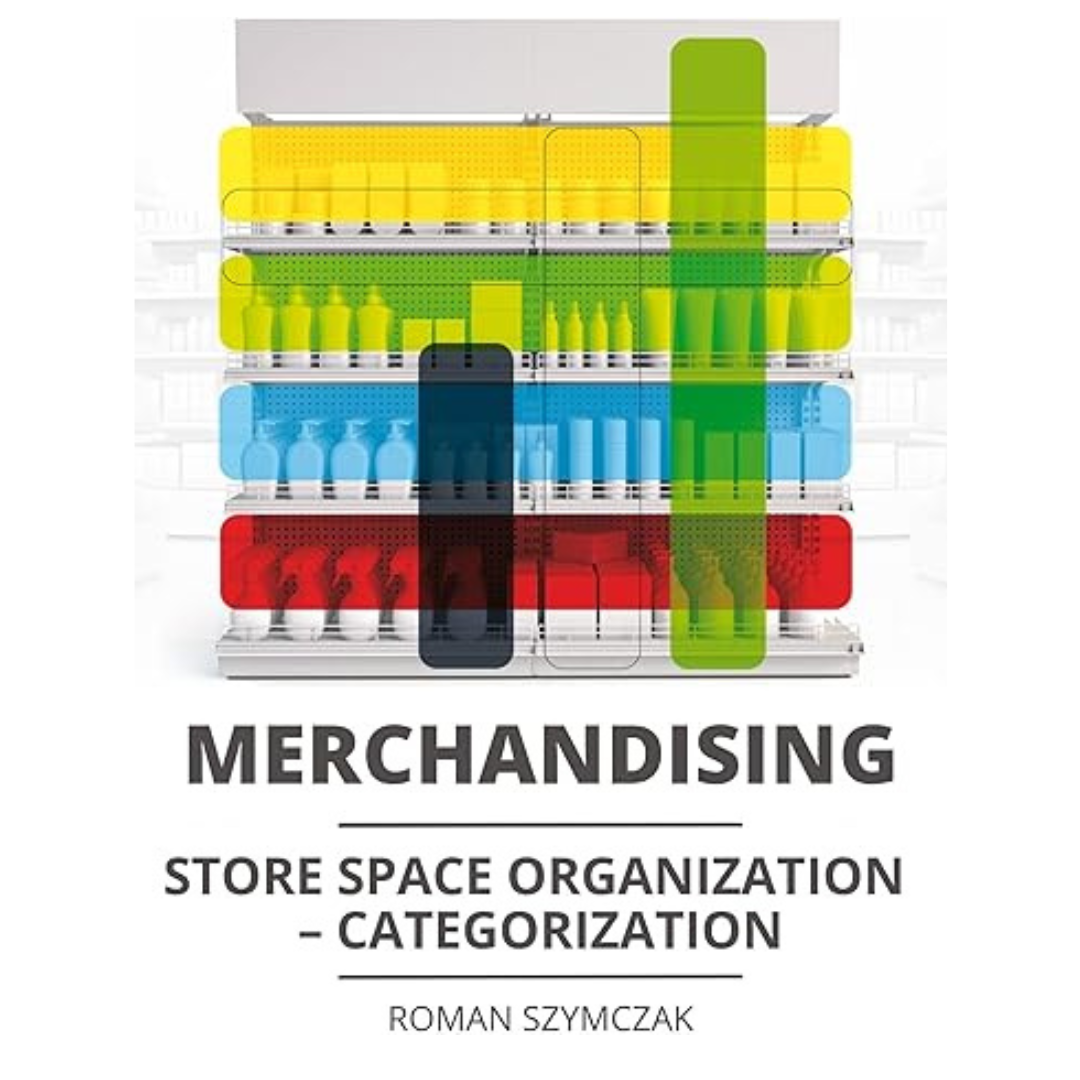The way the merchandise is arranged, based on given criteria, is important. It must be clear and legible for customers, as this allows them to easily navigate the store searching for the right product.
Building and organizing product categories in a store is one of the most challenging elements of space management, as there are many dependencies and ways in which customers perceive the assortment.
In this book, you will discover five extensively discussed principles of categorization, examples of their application in a store, as well as numerous graphics illustrating the discussed topic. These elements will help you understand the impact of categorization on organizing space in a store, and also enable you to apply this knowledge in practice.
You will learn how to:
- properly arrange products in a given category – based on categorization by the intended use criterion, by the manufacturer categorization, or whether it is better to combine these two methods;
- apply special criteria to encourage customers to make quicker purchasing decisions;
- leverage complementarity, meaning logical associations between products in a grocery store, pharmacy, DIY store, or home appliance store;
- understand the popular "Rack cross principle” which is often overlooked because many people are unfamiliar with its significance;
- adjust the arrangement of products on shelves levels depending on the type of recipient and the accessibility of products within the customer's reach.


